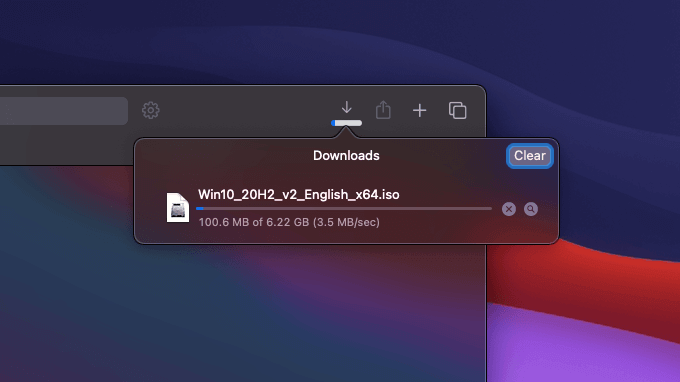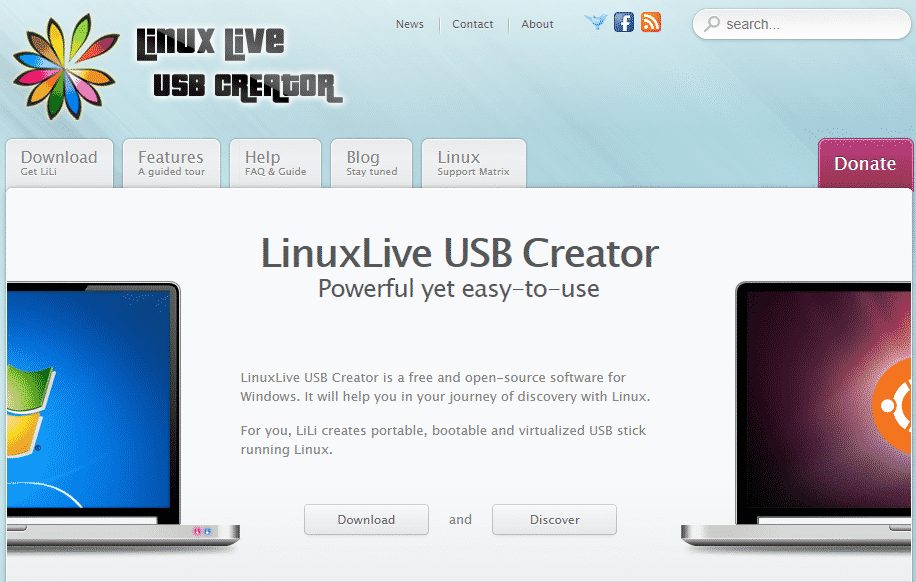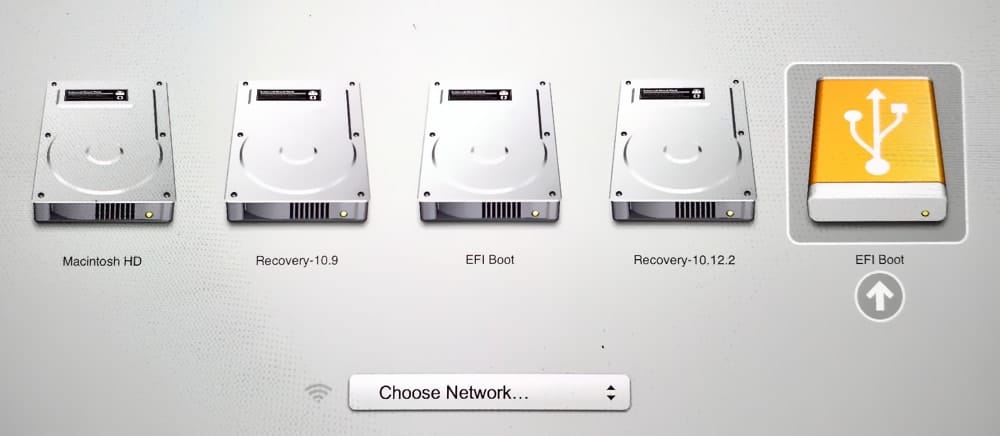

- #Live usb creator for mac how to#
- #Live usb creator for mac install#
- #Live usb creator for mac driver#
#Live usb creator for mac install#
#Live usb creator for mac how to#
I know Im a bit late, but I was searching for how to do this and this was the best post I found so wanted to note that. Terminal shows the progress as the volume is erased. I wanted to add that you will need to connect an external USB keyboard/mouse to use the live USB of gParted or CloneZilla on MacBook Pro 2016 or later. When prompted, type Y to confirm that you want to erase the volume, then press Return.Terminal doesn't show any characters as you type your password. UNetbootin allows you to create bootable Live USB drives for Ubuntu, Fedora, and other Linux distributions without burning a CD. When prompted, type your administrator password and press Return again.* If your Mac is using macOS Sierra or earlier, include the -applicationpath argument and installer path, similar to the way this is done in the command for El Capitan. Sudo /Applications/Install\ OS\ X\ El\ Capitan.app/Contents/Resources/createinstallmedia -volume /Volumes/ MyVolume -applicationpath /Applications/Install\ OS\ X\ El\ Capitan.app Sudo /Applications/Install\ macOS\ High\ Sierra.app/Contents/Resources/createinstallmedia -volume /Volumes/ MyVolume Sudo /Applications/Install\ macOS\ Mojave.app/Contents/Resources/createinstallmedia -volume /Volumes/ MyVolume Sudo /Applications/Install\ macOS\ Catalina.app/Contents/Resources/createinstallmedia -volume /Volumes/ MyVolume Sudo /Applications/Install\ macOS\ Big\ Sur.app/Contents/Resources/createinstallmedia -volume /Volumes/ MyVolume If it has a different name, replace MyVolume in these commands with the name of your volume. These assume that the installer is in your Applications folder, and MyVolume is the name of the USB flash drive or other volume you're using. Type or paste one of the following commands in Terminal.Open Terminal, which is in the Utilities folder of your Applications folder.Connect the USB flash drive or other volume that you're using for the bootable installer.

Refer to the following message from Ubuntu's mailing list if you want to learn more.
#Live usb creator for mac driver#
Warning: The driver descriptor says the physical block size is 2048 bytes, but Linux says it is 512 bytes.Īll these warnings are safe to ignore, and your drive should be able to boot without any problems.

Try making a fresh table, and using Parted's rescue feature to recover partitions. Is this a GPT partition table? Both the primary and backup GPT tables are corrupt. Or perhaps you deleted the GPT table, and are now using an msdos partition table. Perhaps it was corrupted - possibly by a program that doesn't understand GPT partition tables.

However, it does not have a valid fake msdos partition table, as it should. dev/xxx contains GPT signatures, indicating that it has a GPT table. Ubuntu images (and potentially some other related GNU/Linux distributions) have a peculiar format that allows the image to boot without any further modification from both CDs and USB drives.Ī consequence of this enhancement is that some programs, like parted get confused about the drive's format and partition table, printing warnings such as:


 0 kommentar(er)
0 kommentar(er)
